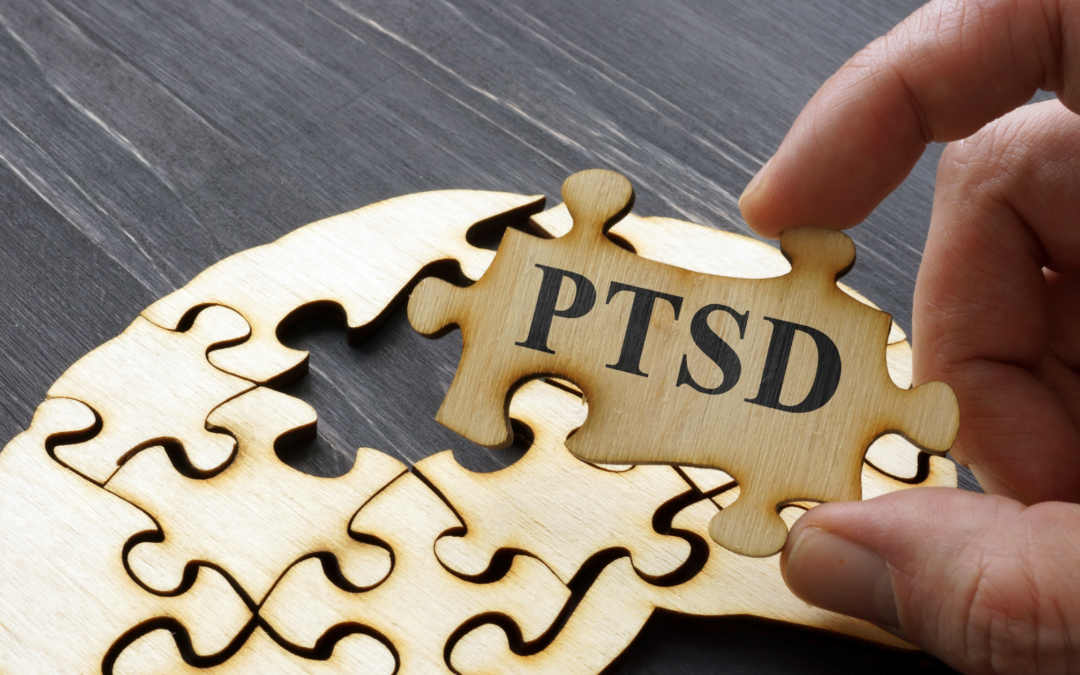Post-Traumatic Stress Disorder (PTSD) and Complex Post-Traumatic Stress Disorder (C-PTSD) are terms often used interchangeably, but they represent distinct experiences and challenges. Both conditions stem from trauma, yet they have unique characteristics that warrant separate consideration.
In this blog, we’ll delve into the similarities and differences between PTSD vs C-PTSD to provide a clearer understanding of these complex mental health conditions.
Similarities between PTSD vs C-PTSD
- Rooted in Trauma: Both PTSD vs C-PTSD result from exposure to traumatic events, such as abuse, violence, accidents, or combat.
- Re-Experiencing Symptoms: Individuals with either condition may have intrusive memories, nightmares, or flashbacks related to the traumatic event.
- Avoidance and Numbing: People with both PTSD and C-PTSD often avoid triggers or situations reminiscent of the trauma. They may also experience emotional numbness and detachment.
- Hyperarousal: Both conditions can lead to increased irritability, difficulty sleeping, and an exaggerated startle response.
Differences between PTSD vs C-PTSD
- Nature of Trauma: PTSD is typically linked to a single traumatic incident, while C-PTSD arises from prolonged exposure to traumatic events, often involving interpersonal relationships or situations where escape is impossible.
- Complex Trauma: C-PTSD includes repeated or prolonged trauma, often involving emotional, physical, or sexual abuse, neglect, or captivity. This complex trauma can result in a broader range of symptoms.
- Emotional Regulation: C-PTSD is more likely to involve challenges in emotional regulation, leading to intense mood swings, difficulty managing emotions, and problems with self-esteem.
- Self-Identity: C-PTSD may impact one’s self-concept and identity more profoundly. Individuals might struggle with a distorted sense of self, feelings of shame, and difficulty forming and maintaining relationships.
- Interpersonal Issues: While both conditions can affect relationships, C-PTSD tends to lead to more severe interpersonal difficulties due to the prolonged exposure to interpersonal trauma.
- Symptom Clusters: C-PTSD encompasses additional symptom clusters, such as difficulties with self-perception, changes in beliefs about oneself, distorted perceptions of the perpetrator, and a sense of isolation.
Conclusion
Understanding the distinctions between PTSD and C-PTSD is crucial for accurate diagnosis and effective treatment. While they share common elements related to trauma, the prolonged and complex nature of C-PTSD sets it apart. If you or someone you know is struggling with symptoms of either condition, seeking professional help is essential.
Mental health professionals can provide tailored support and guidance to help individuals navigate their healing journey and regain control of their lives. Remember, whether it’s PTSD or C-PTSD, there is hope for recovery and a brighter future ahead.
Contact us to schedule an appointment with a professional in New York or New Jersey.

